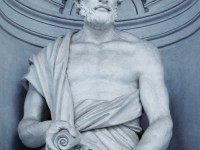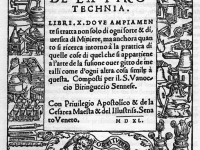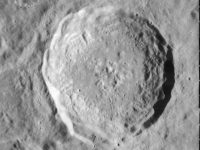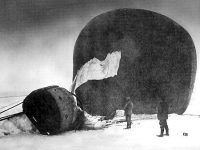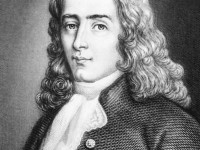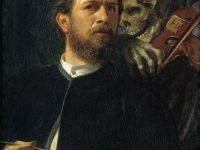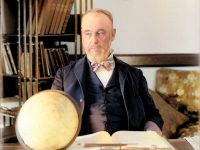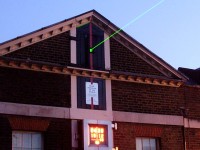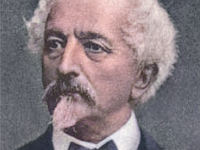Theophrastus of Eresos – the Father of Botany
Theophrastus of Eresos, who studied in Plato‘s philosopher’s school, is most famous for his groundbreaking work on plants. Thus, he is often referred to as the ‘father of botany‘. His two surviving botanical works, Enquiry into Plants (Historia Plantarum) and On the Causes of Plants, were an important influence on Renaissance science. “Surely, then, if the life in animals does not need explanation or is to be explained only in this way,…
Read more

